Even if you started to learn Chinese yesterday, you must have already picked up the famous Chinese greeting which means “hello”: 你好 nǐ hǎo. Well, if we take a look at these two characters separately, it turns out that 你 nǐ means “you”, and 好 hǎo means “good”. As the literal meaning of 你好 nǐ hǎo is “you good”, it can be seen that when Chinese people are saying hello to each other, they tend to express their good wishes at the same time.In fact, the character 好 hǎo is used to form many different words and structures, which you may come across in both positive and negative contexts. In this article, we are going to take an in-depth look at 3 commonly-used structures involving this magical character. Here we have 3 ways to use Chinese “Hao” in speech. Let’s see!
好 + Verb = Adjective
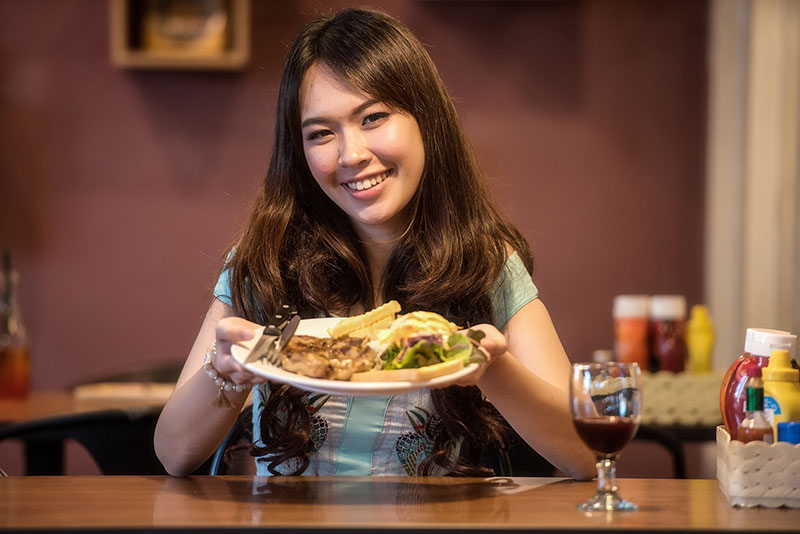
In some cases, you can put 好 before a verb to form an adjective. Let’s take the verb 吃 chī (to eat) as an example. An adjective 好吃 hǎochī is formed when 好 hǎo comes before 吃 chī. The word 好吃 hǎochī literally means “good to eat”. At this stage, you might have guessed the meaning of the word with the help of this clue – yes, it means “tasty” (for food)!
Now, we can use this adjective to make a simple sentence:
中国菜很好吃
Zhōngguó cài hěn hǎochī
Chinese food is very tasty
There are many other adjectives formed in a similar way, such as:
好喝 hǎohē – tasty (for drinks)
好听 hǎotīng – nice (for music)
好玩 hǎowán – interesting (for games), etc.
In these examples, 喝 hē , 听 tīng, 玩 wán mean “to drink”, “to listen”, and “to play” respectively.
好 + Adjective = Adjective

When 好 hǎo comes before an adjective, the character itself means “very”. For instance, 高兴 gāoxìng means “happy”, therefore, the meaning of 好高兴 hǎo gāoxìng will be “very happy”.
For this structure, you can combine 好 hǎo with any adjective, regardless of the meaning of the adjective itself. Now let’s take a look at a couple of examples:
北京好漂亮
Běijīng hǎo piàoliang
Beijing is very beautiful
我好饿
Wǒ hǎo è
I’m so hungry
Verb + 好 + 了 = Completed Action
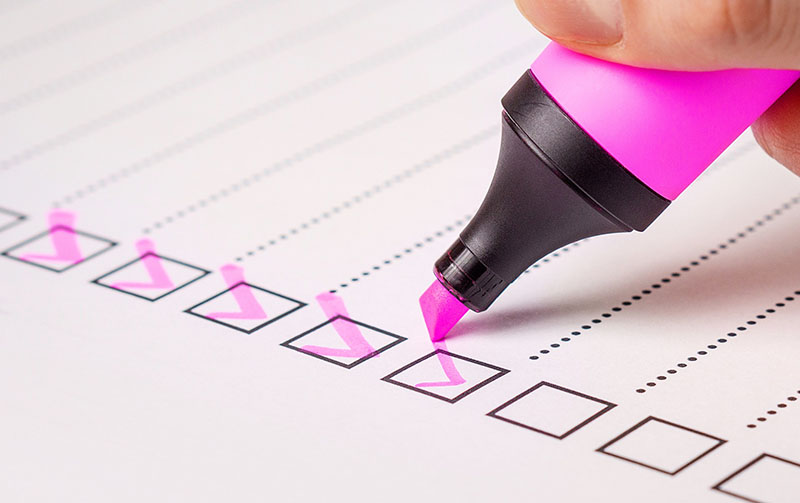
This structure “verb + 好 hǎo +了 le” indicates that an action has been completed. So people widely use it in spoken language:
我作业做好了
Wǒ zuòyè zuòhǎo le
I’ve finished my homework
A similar structure would be “verb + 完 wán + 了 le”, in which 完 wán means “finish”. Here are some examples with the use of this structure:
我中饭吃完了
Wǒ zhōng fàn chīwán le
I’ve finished my lunch
Do you feel more confident using 好 hǎo now?
Feel free to make your own examples with this word and its many forms – just tweet us at @thatsmandarin!


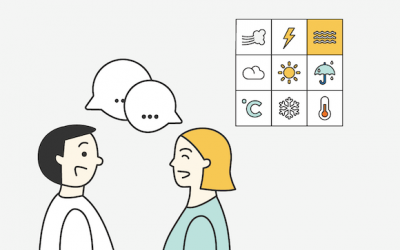
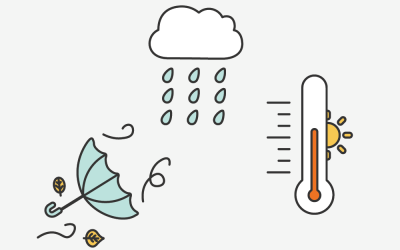
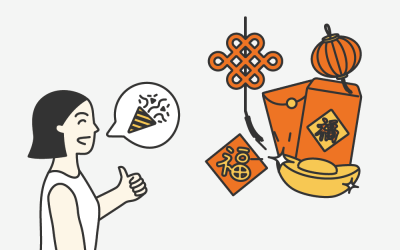
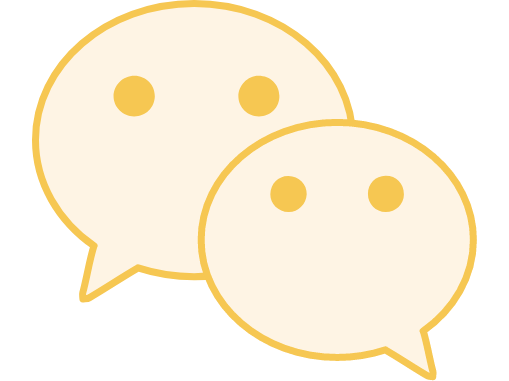

0 Comments